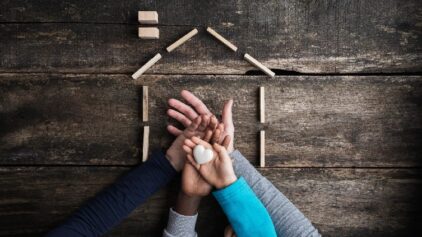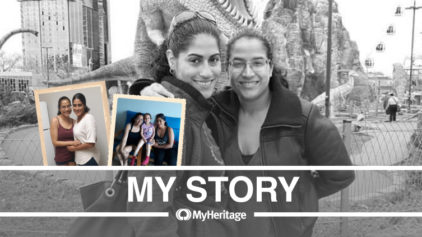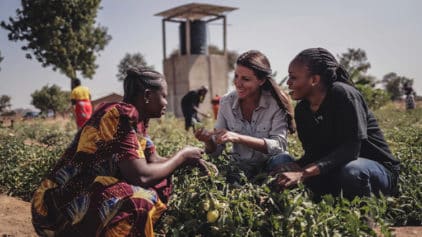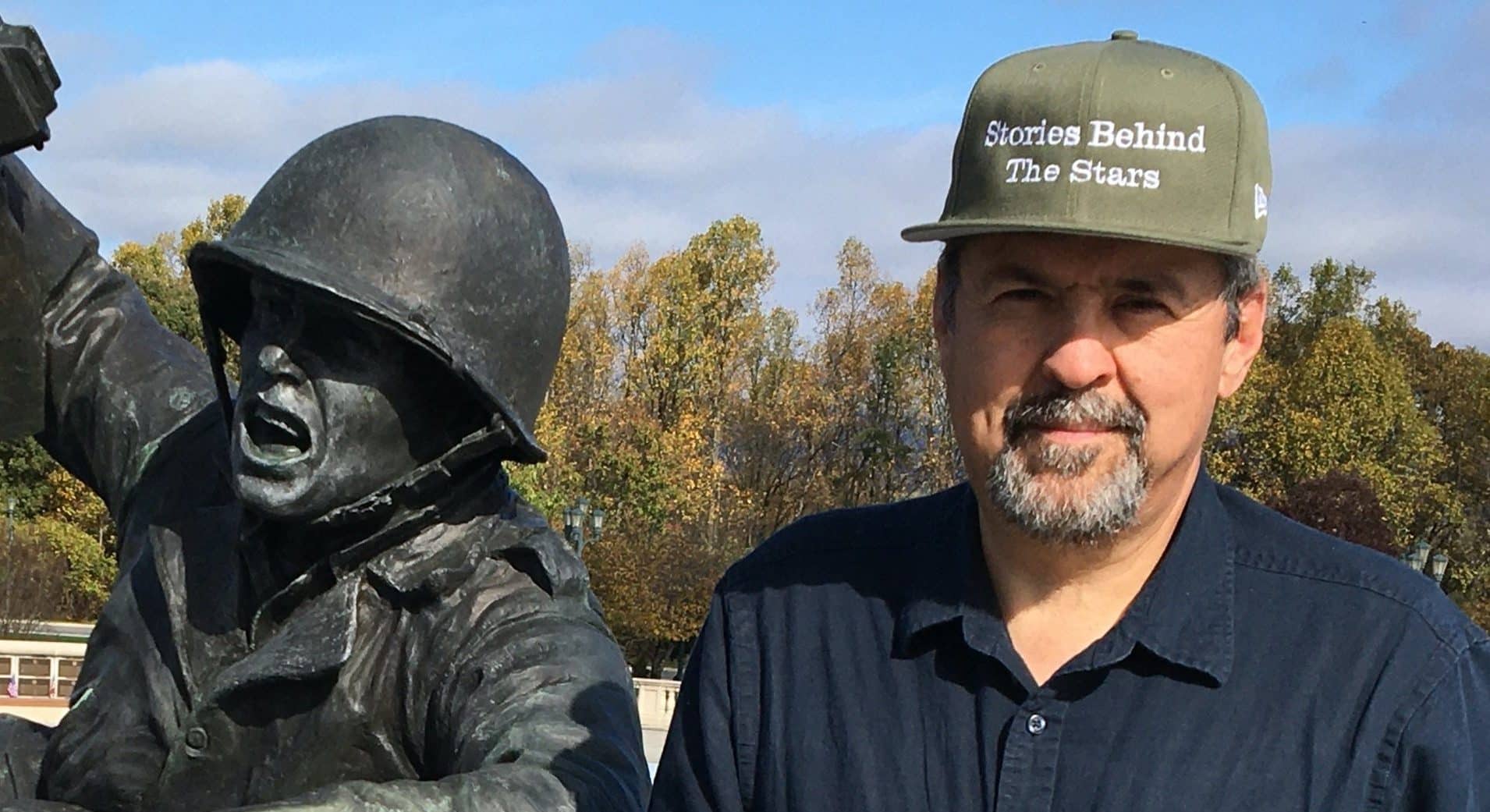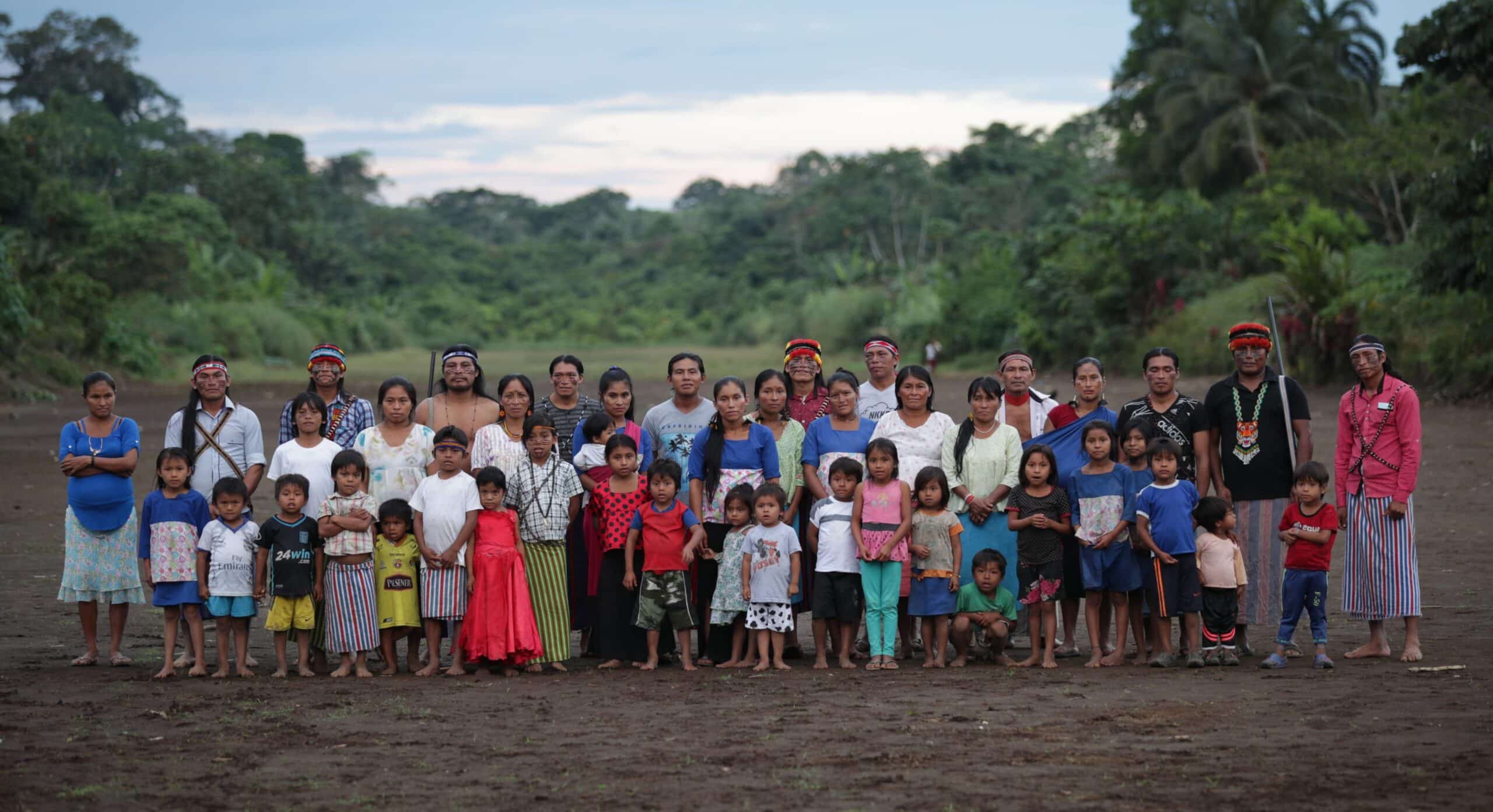Endangered Tribes and Genealogy: A conversation with Survival International
- By Esther
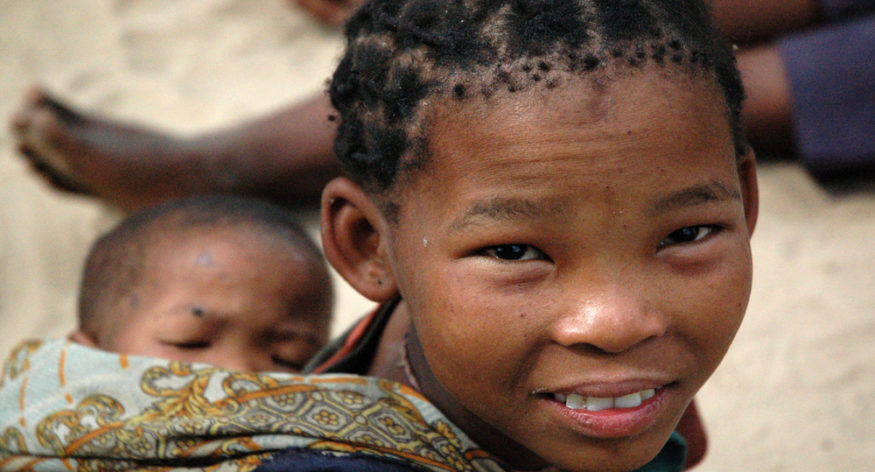

MyHeritage recently spoke with Fiona Watson, Campaigns Director for Survival International, about her genealogy efforts as part of the NGO’s work in supporting uncontacted and endangered tribes around the world.
Survival International is the global movement for tribal peoples’ rights. They champion tribal peoples around the world and help them defend their lives, protect their lands and determine their own futures.
We are very excited to share this interview because Fiona’s work is similar to the MyHeritage Tribal Quest project. Tribal Quest is our global initiative where we document the family histories of tribal people for future generations.
Read our inspiring interview with Fiona Watson below:
How is genealogy used in your work to support tribes?
Many engaged anthropologists work with tribal peoples to draw ancestral trees and stories as they are important in support of land claims in countries where tribes are campaigning for their land rights. If somebody knows where their grandparents and great-grandparents were born and lived, that helps build a picture of a tribe’s connection to a specific area of land. Where health teams work with tribal peoples, they usually have records of patients, so family or clan trees can also be built from those records.
How has the history and culture of tribes been chronicled?
Most tribal societies are oral, so not much is written down. History and genealogy are handed down orally and this is something that older generations take very seriously. Because they have highly developed memories, some people can remember family trees going back many generations. The Brazilian anthropologist Darcy Ribeiro worked with a tribesman from the Ka’apor tribe who knew over 1,000 names from his family tree dating back to 1800. It was all in his head and Darcy drew up the family tree with him in about 1950.
The first chroniclers who arrived in South America with the colonial invasion in the 1500s recorded encounters with tribal peoples, which can help in building up a picture of where specific tribes lived before they were forced off their ancestral lands or died from diseases introduced by the Europeans. Tribal researchers often work with anthropoloigsts and organizations to document their history and family trees.
In addition to remembering the names of family members in extraordinary depth, some tribal people such as the Bushmen and Guarani know where their ancestors were buried. Important information is contained in places where special or extraordinary events took place and which tribal people today record on their own maps with place names in their own language.
How difficult is it to research family history in remote parts of the world?
It can be very difficult because we are working with predominantly oral societies. To pinpoint events, we can refer to natural events like floods, droughts, eclipses, which help mark when and where tribal peoples lived. We also have to obtain people’s consent as to what is appropriate to make public and what is not.
Some people, like the Yanomami, have a taboo on using and mentioning their given names. This makes it challenging to identify individuals. Today, most have a Portuguese name, but several generations back they did not have such names and were always referred to by their nicknames. Others, like the Uru Eu Wau Wau in Brazil, change their names at different stages of their life and refer to their previous name when talking about their past. All of these challenges can make it complicated and confusing for an outsider.
In the case of uncontacted tribes, we cannot for obvious reasons consult them, so it is often neighbouring tribes who help to build up a picture of who they might be and where their territories lie. This is important when campaigning for their lands to be recognized and for their right to remain uncontacted.
What tools are used to document their stories and family history?
Some tribes have video testimony projects; others are conducting land mapping projects based on ancestral knowledge. NGOs like Survival International have recorded and filmed in many indigenous communities including the Bushmen, Yanomami and Awá. Representatives of other tribes have written their autobiographies. Examples include Davi Kopenawa Yanomami, the CKGR Bushman Kuela Kuema and Rigoberta Menchu, a Quiche Indian woman and Nobel Peace Prize winner from Guatemala.
What are some of the most interesting stories you’ve heard about different tribes’ family history?
There are many stories we have heard, but two stand out.
Davi Kopenawa Yanomami’s story of how his mother hid him under a basket when the first white people arrived in their remote Amazon community. A few years later as a young boy, he was orphaned when his parents died in epidemics of flu and measles introduced by evangelical missionaries from the New Tribes Mission. They tried to convert him but he rejected their religion, and later trained to become a shaman and is a tireless and inspirational campaigner for his people’s rights.
The fate of the Akuntsu tribe in Brazil is another story that stands out. When I first met them they were six, now there are only four left. They have bravely spoken about witnessing the massacre of their relatives in attacks by ranchers. They will soon join the long list of tribes made extinct by the genocide that has swept the Americas since Columbus first landed. When the last Akuntsu dies, we will have lost a part of our rich human diversity forever.
Does chronicling tribes’ genealogy and culture help in their fight to protect their lives?
Yes definitely – it helps prove long-term and continual occupation of land which helps in the fight for land rights and demonstrates occupation prior to the arrival of colonists.
For more information about Survival International, visit their website here.
To hear more about the MyHeritage Tribal Quest project, in which our employee volunteers visit remote indigenous tribes to help preserve their heritage, visit the Tribal Quest website here.






